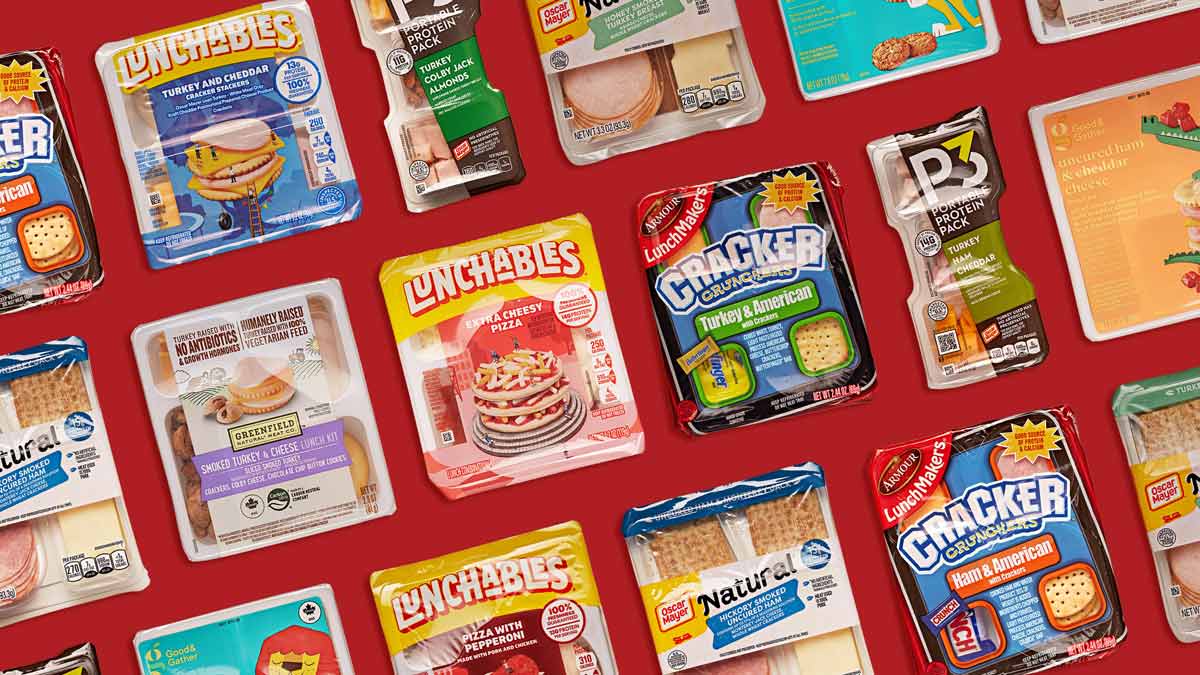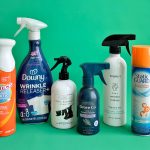
Some contaminants, like lead and cadmium, are naturally found in the environment, which can partly account for their presence in food. But processing can also introduce heavy metals and chemicals found in plastic.
In CR’s tests, our experts found lead, cadmium, or both in all the kits. Even in small amounts, these heavy metals can cause developmental problems in children, as well as hypertension, kidney damage, and other health problems in adults. The risks of heavy metals are cumulative and come from regular exposure over time. The less you consume, the better.
None of the kits we looked at exceeded any legal or regulatory limit. Still, five of the 12 tested products would expose someone to 50 percent or more of California’s maximum allowable dose level (MADL) for lead or cadmium. (Our experts use those values because there are no federal limits for heavy metals in most foods, and California’s lead and cadmium standards are the most protective available.)
“That’s a relatively high dose of heavy metals, given the small serving sizes of the products, which range from just 2 to 4 ounces,” Boring says. For example, the kits provide only about 15 percent of the 1,600 daily calories that a typical 8-year-old requires, but that small amount of food puts them fairly close to the daily maximum limit for lead. Even if one meal kit doesn’t push a child over the limit, it puts them in the danger zone because there will likely be exposure from other sources. So if a child gets more than half of the daily limit for lead from so few calories, there’s little room for potential exposure from other foods, drinking water, or the environment.
We reached out to all the companies whose products had 50 percent or more of the maximum allowable dose level. Kraft Heinz, the parent company for Lunchables, Oscar Mayer, and P3, told CR, “All our foods meet strict safety standards,” and said that “lead and cadmium occur naturally in the environment and may be present in low levels in food products.” Smithfield Foods, which makes Armour LunchMakers, didn’t respond directly to our questions about lead but did say it adheres to “strict programs and policies that promote food safety and quality in every step of our value chain.” Target, which makes Good & Gather products, didn’t respond to our request for comment.
We also detected at least one type of phthalate in every kit we tested except one (Lunchables Extra Cheesy Pizza). According to tests by the Centers for Disease Control and Prevention, phthalates are present in most people’s blood, which shows just how ubiquitous these chemicals are, something that has raised concerns as more research has linked them to health hazards. Phthalates are known endocrine disruptors, compounds that may mimic or interfere with hormones in the body, which can contribute to an increased risk of reproductive problems, obesity, diabetes, cardiovascular disease, and certain cancers. As with heavy metals, the goal should be to keep exposure as low as possible.
The levels in the kits we tested ranged from 0 to 7,412 nanograms per serving. For comparison, in recent CR tests of other packaged foods—including bottled drinks, prepared meals, and fast food—the range was 0 to 53,579 nanograms per serving.
“None of the products exceeded any regulatory limits, but many researchers think those limits are far too permissive, given the emerging research about phthalates harms,” Boring says. For example, DEHP, one of the better-studied phthalates, is linked to reproductive issues, high blood pressure, insulin resistance, and other health problems at levels far below those set by regulators.









